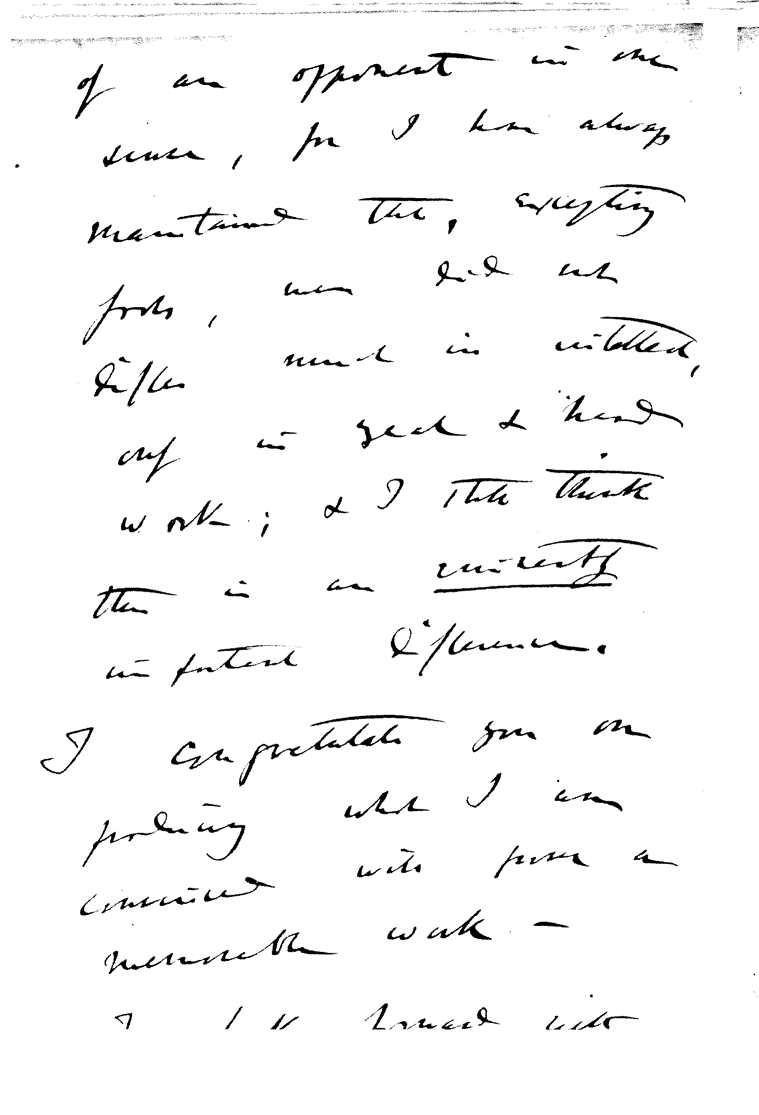

But publish it he did, under the pseudonym “Student.” The technique has hence become known as the “Student’s t-test.” Ironically, though, Gosset wasn’t allowed to publish the method under his own name, because Guinness wanted to keep it a secret that statistics could help make better beer. The method Gosset developed was so powerful that it transformed statistics and continues to be a workhorse to this day. The Guinness brewing company hired a young University of Oxford graduate, William Sealy Gosset, to develop statistical techniques to cheaply monitor the quality of its beer. Resolving the impasse, it turned out, required some beer. We ought to have measurement of at least fifty plants in each case, in order to be in a position to deduce fair results.”Īnd there the matter rested, in frustrating uncertainty, for 40 years. “I doubt,” he wrote, “after making many trials, whether it is possible to derive useful conclusions from these few observations. Furthermore, he was pretty sure it was too few plants to tell. He could calculate the standard deviation, but he couldn’t use that number to tell Darwin how likely it was that the height difference wasn’t just random. Galton had recently invented the standard deviation, a way of quantifying the amount of random variability in a set of numbers.īut Galton wasn’t all that much use. So he turned to his cousin, Francis Galton, who just happened to be a leader in the emerging field of statistics. His result might be more meaningful, but he wanted to be able to quantify how meaningful.ĭoing that, however, required Darwin’s hated mathematics. “I may premise,” Darwin wrote, “that if we took by chance a dozen or score of men belonging to two nations and measured them, it would I presume be very rash to form any judgments from such small numbers on their average heights.” Could it be, he wondered, that the height differences in the plants were just random variation?ĭarwin noted, though, that men’s heights vary a lot within a single country, whereas the heights of his plants didn’t. But Darwin was savvy enough not to simply trust the average heights of so few plants.

Among his 30 corn plants, for example, the purebreds were only 84 percent as tall as the hybrids. Sure enough, on average, the hybrids were taller. Then he let them grow and measured their heights. Since slight differences in soil or light or amount of water could affect the growth rates, he planted the seeds in pairs - one cross-pollinated seed and one self-pollinated seed in each pot. He had a clever, and at that time novel, idea. So he repeated the experiment with seven other kinds of plants, including corn. Although he had always suspected that inbreeding was bad for plants, he had never suspected it could have a significant effect within a single generation. When he grew the seeds, he found that the hybrids were bigger and stronger than the purebreds. Darwin grew the plant for experiments, and he carefully cross-fertilized some flowers and self-fertilized others. It was the wildflower common toadflax that got the whole thing started. He put together the final pieces to answer Darwin’s puzzle over the plant growth experiments.īut history played a joke on the great biologist: It made him a contributor to the development of statistics. FISHER In an effort to unite Darwin’s theory with Mendelian genetics, Fisher created much of the foundation for modern statistics. The observation spurred further experiments.įRANCIS GALTON Darwin’s cousin invented the concept of standard deviation, a way of quantifying the variation in a set of numbers. In his autobiography, he writes that he studied math as a young man but also remembers that “it was repugnant to me.” He dismissed complex mathematical arguments and wrote to a friend, “I have no faith in anything short of actual measurement and the Rule of Three,” where the “Rule of Three” was an extremely simple mathematical calculation.ĬOMMON TOADFLAX Darwin by chance noticed that the seeds from cross-fertilized Common Toadflax plants grew into bigger, stronger plants than the plants from self-fertilized seeds. For all his other talents, Charles Darwin wasn’t much of a mathematician.


 0 kommentar(er)
0 kommentar(er)
